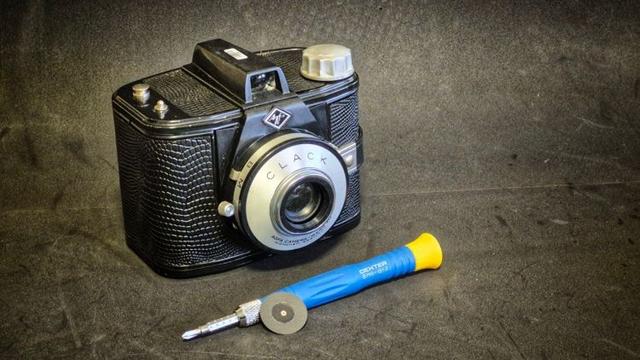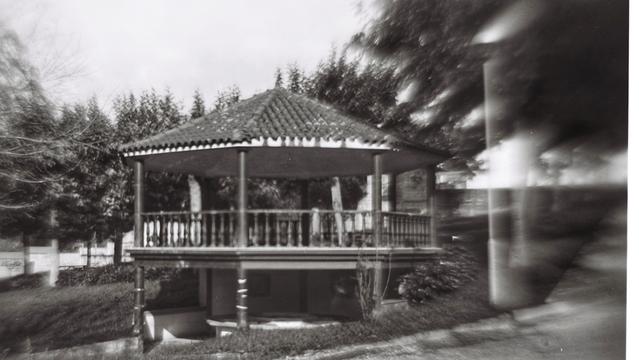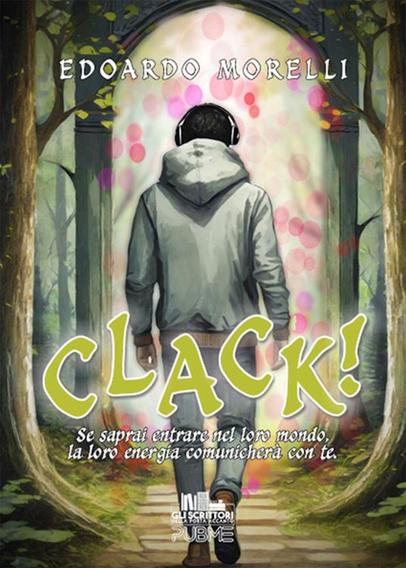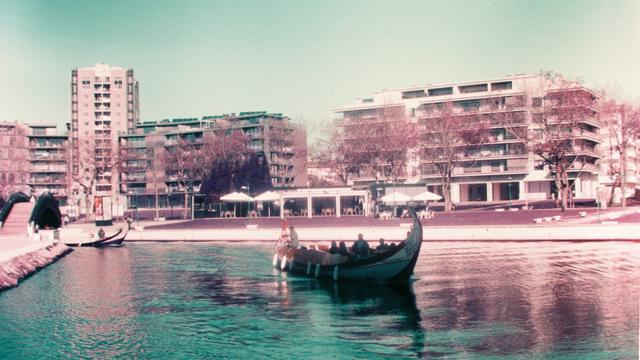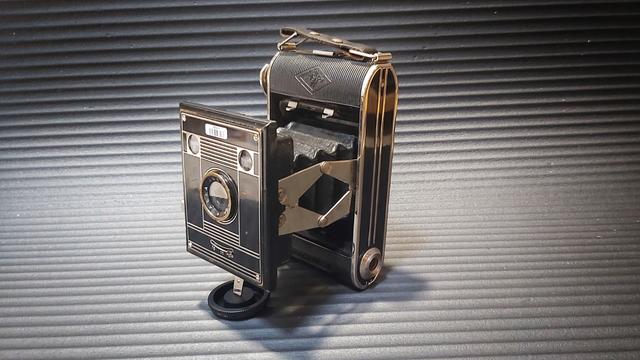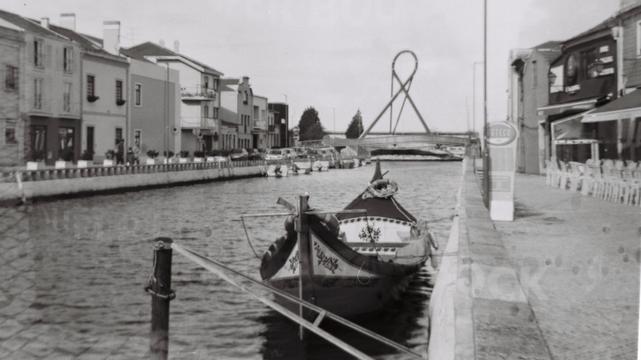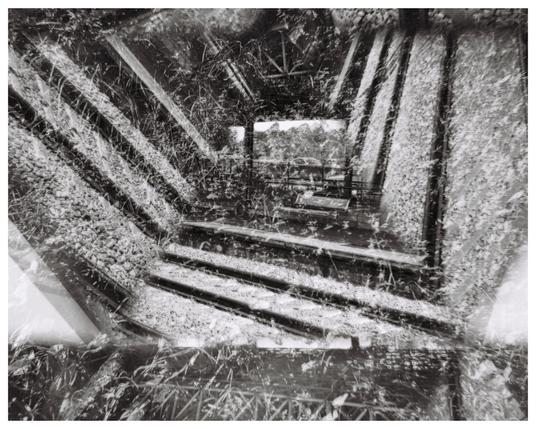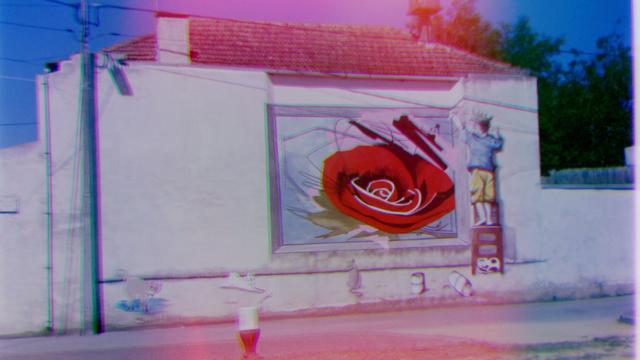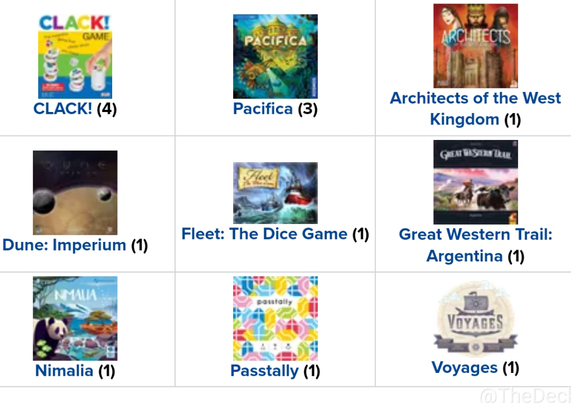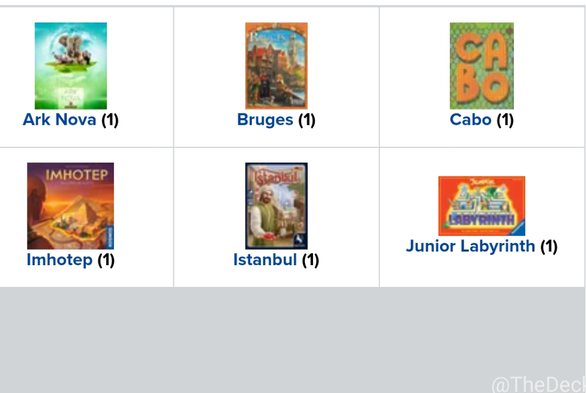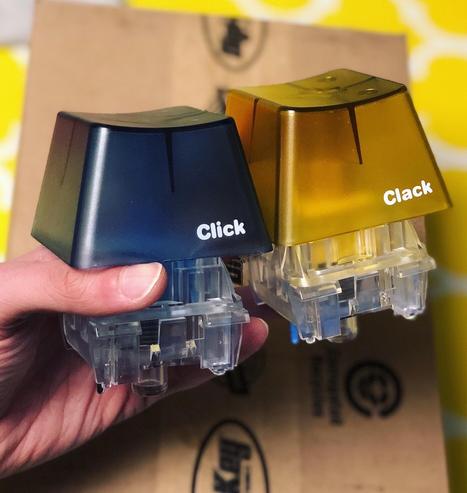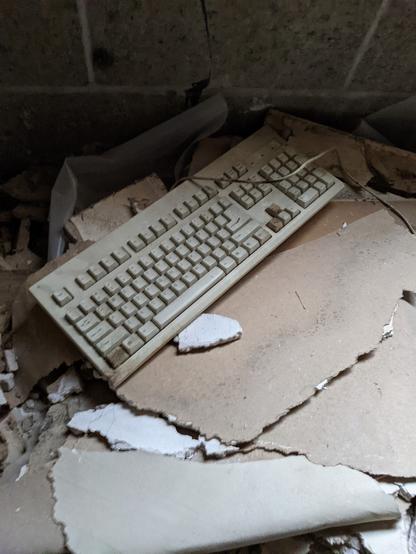Yet another Agfa Clack? This time we’re going to try a pinhole conversion.
My experiments with pinhole photography have never been really satisfactory. Firstly there was the pinhole option on the Diana F+, and then I discovered digital pinhole photography and the worst lens in the world, the Thingyfy Pinhole Pro. Yes, I could have bought myself a dedicated pinhole camera, like the Ondu or similar, but I really wanted to make my own.
A pinhole photograph taken with th Diana F+ using Lomography Redscale film.Actually, I’ve had a home-made wine box pinhole camera on the go since, I don’t know when, but I’m not sure that’s never going to be finished. Which brings me to the Agfa Clack. To date I have three Agfa Clacks. There’s my ‘original’ Clack, the one I bought first and used for the Frugal Film Project in 2023. The second was bought to flip the lens, but the film wind-on knob was broken and I’ve never used it, and the third I added to replace the second one and flip the lens, which worked beautifully.
Back in the woods with my favourite old tree and a flipped lens Agfa Clack.But now I’ve added a fourth to my collection and one might wonder, what on earth for? Well this time I would like to convert the venerable Clack to a pinhole camera, quite a common thing to do, so far as I can tell. Of course this one was in the ‘Not Passed’ category of the Kamerastore website, and is described as having ‘a significant amount of dust inside the optics that will affect image quality, but it is otherwise functional.’ Well, a little bit of dust will be no obstacle, seeing as I intend to rip out its innards anyhow (carefully, of course) before reassembling it with a pinhole behind the shutter mechanism.
The Clack is a simple 120 roll film box camera introduced by Agfa in 1954. It will produce eight 6x9cm images per roll of film and has a fixed shutter speed of 1/30s (plus bulb) and two aperture settings, for sunny or cloudy weather (approximately f16 and f11, respectively.) It also features a ‘close-up’ lens or a yellow filter depending on the model. The early models were made of metal and the later versions of moulded plastic.
Taking apart a Clack is the easiest camera conversion ever. First remove the silver ring by unscrewing the single screw underneath the lens turret. Then twist the cover and it should pop off, revealing the lens above the shutter and aperture mechanism.
The lens is held in place with a couple of pins and a single screw. Undo this screw and lift off the lens. Below is the aperture and shutter fixed to a plastic plate with two screws. Undo these and prise off the plate. You won’t be able to lift it much, though, since the two wires that power the flash are soldered to contacts under the plate. These wires need to be cut to fully remove the plate.
Underneath the plate is a hole which opens to the camera body. The pinhole needs to be fixed here. It is possible, apparently, to just place this centrally over the hole and screw the plate back in place, but my pinhole kept on moving and I ended up glueing it in place. Just make sure that the pinhole is centred in the hole. Once the pinhole is in place, the camera can be reassembled.
And that’s it. Except that for me it wasn’t quite. Although the lens is normally removed, I read somewhere that replacing the lens can give a bit extra sharpness, so I thought I would give that a try. However, what I did was take the lens, remove it from the holder and then flip it. Hopefully, this will give a slightly sharper pinhole image with distortion around the edges: the Deakinizer effect.
The distance of the pinhole to the focal plane (the focal length) of the Clack is about 72mm, and the pinhole aperture was 0.3mm, so by dividing the the focal length by the diameter of the pinhole we get an f-number of f240. I’ll use this measurement to determine the exposure time depending on the speed (ISO) of the film that I’ll be using.
Hopefully I’ll be able to get the flipped lens pinhole Agfa Clack out before the current Shitty Camera Challenge ends in January, but I’ve got a fair few things to do before then. If you are on Mastodon, you can now follow this blog directly. Just go to Mastodon and follow the ‘Snapshot’ WordPress account at @keithdevereux.wordpress.com. All new posts will be automatically updated to your timeline.
#Agfa #AgfaClack #Blurry #Camera #Clack #Dreamy #LensFlip #LensReverse #Pinhole
